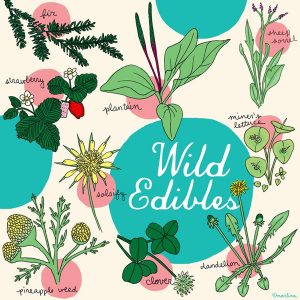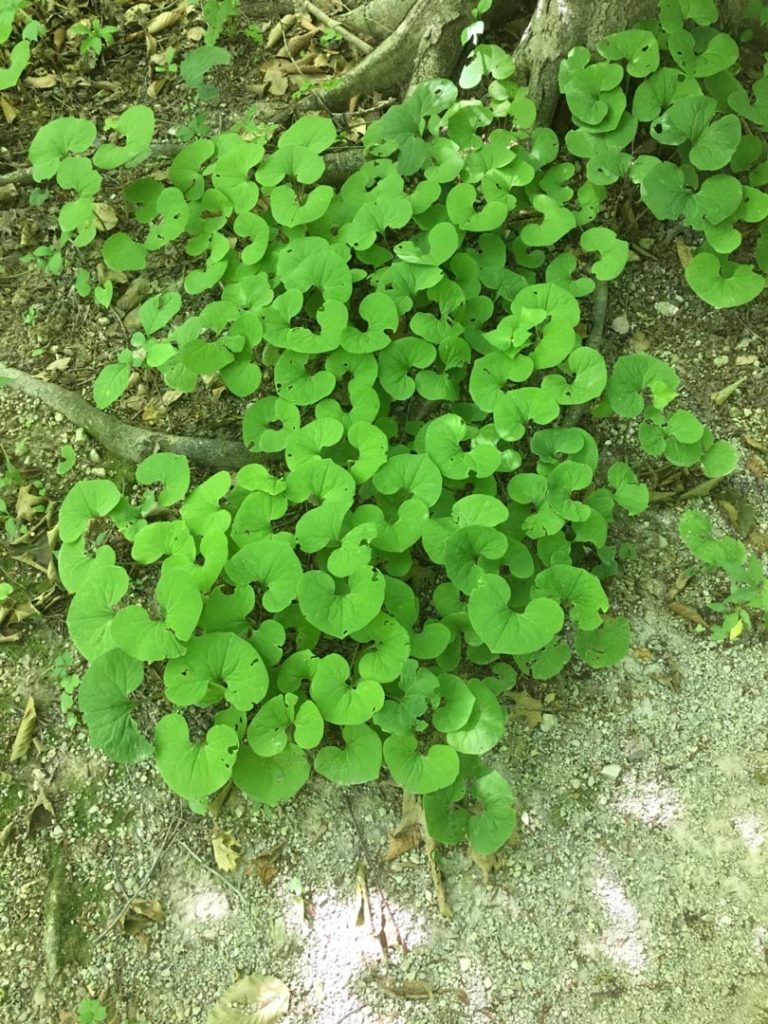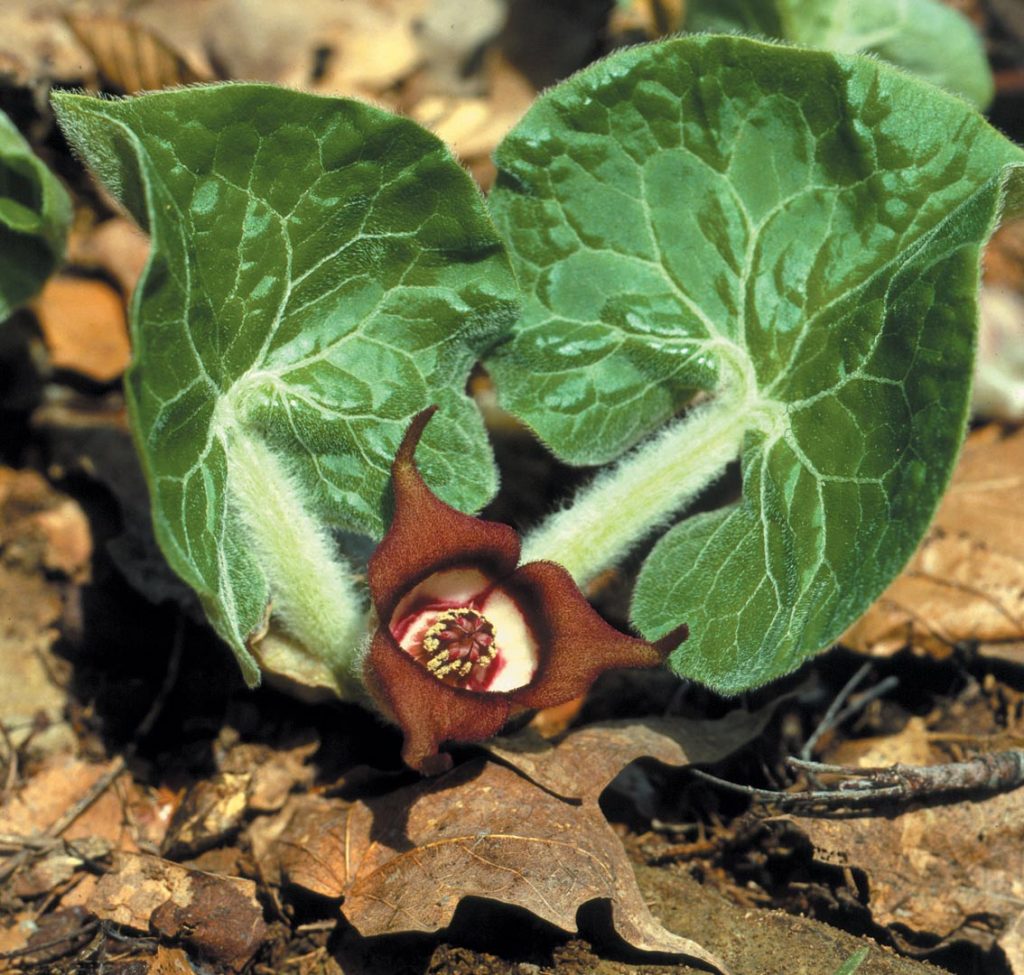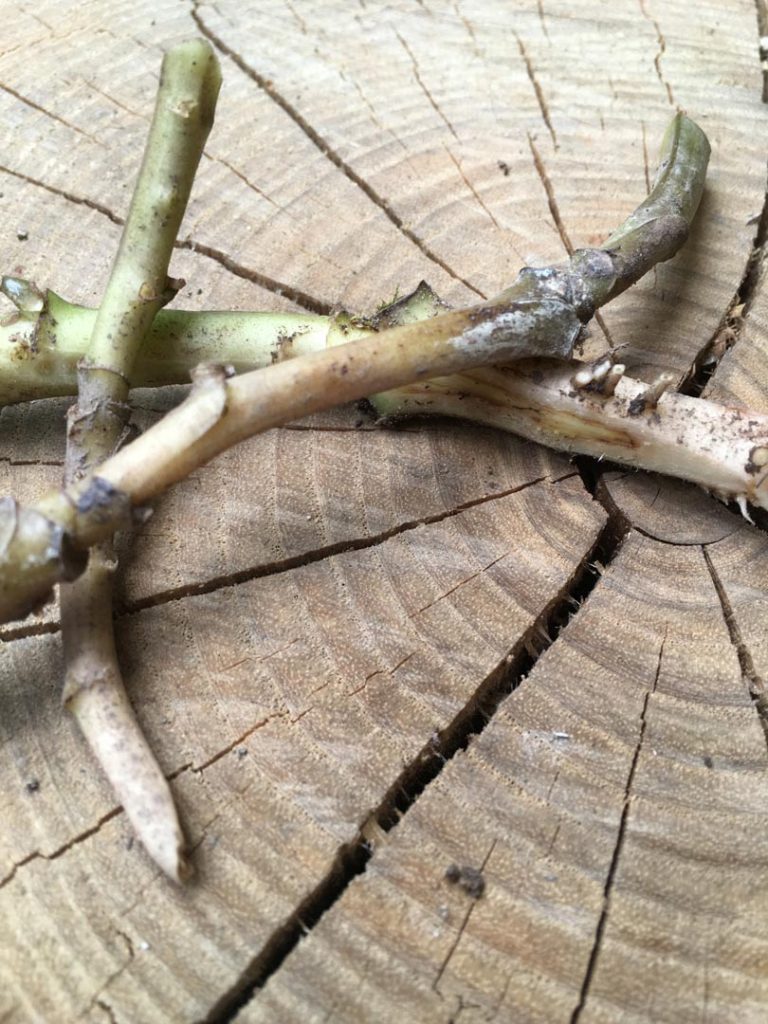 Launching into wild edible plants may seem complicated, but with a little knowledge and an adventurous mindset, you could be foraging for your own food in no time. Before you get started, enter with a mindset of SAFETY FIRST! Certain plants can have either acute or underlying toxins and some may even have both. Exercising a little caution and trying new plants in moderation can help lead you safely down an exciting new path.
Launching into wild edible plants may seem complicated, but with a little knowledge and an adventurous mindset, you could be foraging for your own food in no time. Before you get started, enter with a mindset of SAFETY FIRST! Certain plants can have either acute or underlying toxins and some may even have both. Exercising a little caution and trying new plants in moderation can help lead you safely down an exciting new path.
The first thing to do is to learn to identify plants. I recommend A Field Guide to Edible Wild Plants: Eastern and central North America by Lee Allen Peterson. Although you cannot collect or forage plants from any of the Metro Parks and state and national forests, there are plenty of opportunities for you to forage for wild edibles nearby. The best place to start is right in your own backyard. Many of the “weeds” found growing in our yards are edible wild plants.
You are now ready to start exploring the adventurous world of wild edible plants. Collecting your own food and then preparing it can be a rewarding experience that creates a deeper connection and appreciation of our reliance on food sources. Let’s get foraging and cooking!
Wild edible plants: wild ginger
Wild ginger, Asarum canadense, is unrelated to commercially available ginger; however, it is named wild ginger because of the similar taste and smell of the roots. Early European settlers used to dry the rootstalk, grind it to a powder and use it as a spice. Nowadays, one of the best ways to enjoy wild ginger is as a candy and a syrup (recipe below).
Wild ginger is a colony-forming, low-lying plant with a solitary red-brown flower that has three pointed lobes. In April and May the flower lies along the ground, hidden beneath a pair of large, heart-shaped leaves. The rootstalk has a distinct smell of ginger and grows along the ground’s surface. Wild ginger is a common plant that can be found throughout the eastern United States and Canada in moist, rich woodlands, usually under the shade of deciduous trees.
Wild ginger can be harvested from late-summer through fall. Because of the way wild ginger grows and spreads, harvesting the rootstalk of this plant is fairly easy. The rootstalk, or rhizome, grows along the surface of the ground and can be easily pulled up. No tools are required, but a knife can be used to separate the rhizome at the surface from the finer roots that grow deeper into the ground. After you have pulled up the rhizome, you can discard the leaves and flower if it still remains; you will not be using these parts.
When harvesting wild ginger, only collect a few rhizomes from each colony and always leave more behind than you take. This way, the colony can continue to thrive for years to come and you, as well as others, can enjoy them in the future.
Candied wild ginger/ginger syrup recipe
- Steam 1 cup of clean, washed wild ginger root that has been cut into 1-inch pieces until tender (about 20 minutes)
- Mix 1 cup granulated sugar with 1 cup water in a heavy saucepan and bring to a boil until all sugar is dissolved
- Add the clean, washed wild ginger root and boil for 30 minutes
- Separate the roots from the syrup using a strainer. Bottle the syrup and let the roots air dry on a baking sheet or a cooling rack for 24 hours
Roll the wild ginger root in granulated sugar. Repeat drying and rolling in sugar until the candy is no longer sticky. The candied wild ginger can be stored in a sealed jar and enjoyed as a tasty, after-dinner treat that can help with indigestion and relieve gas. The bottled syrup should be kept refrigerated and can be used as a pancake syrup or as an ice cream topping. It can also be made into a beverage to help settle an upset stomach.
Check back for a new blog post each season highlighting specific plants, featuring identification tips and recipes.
(Cody Berkebile, naturalist at Blacklick Woods)



